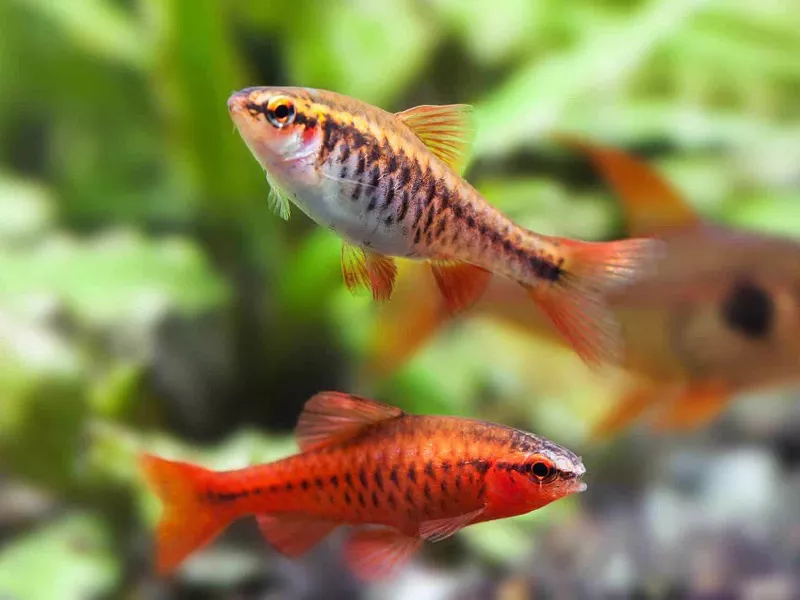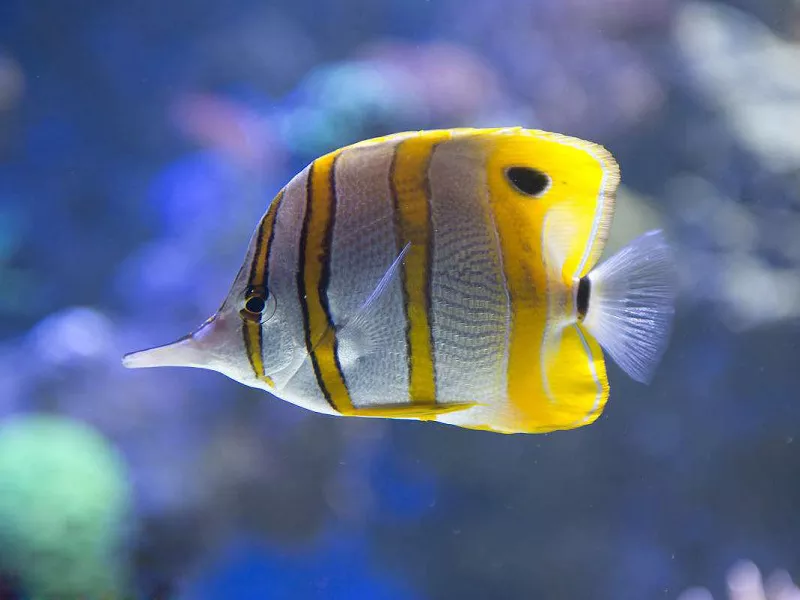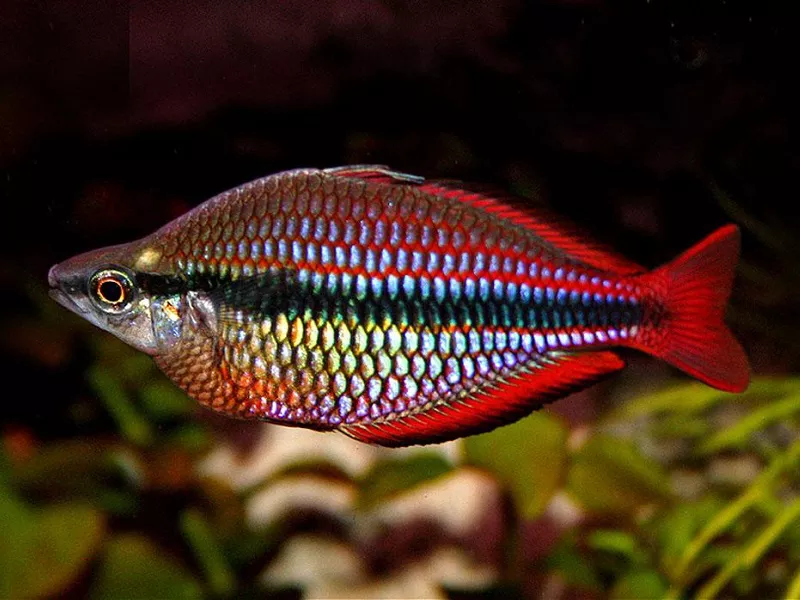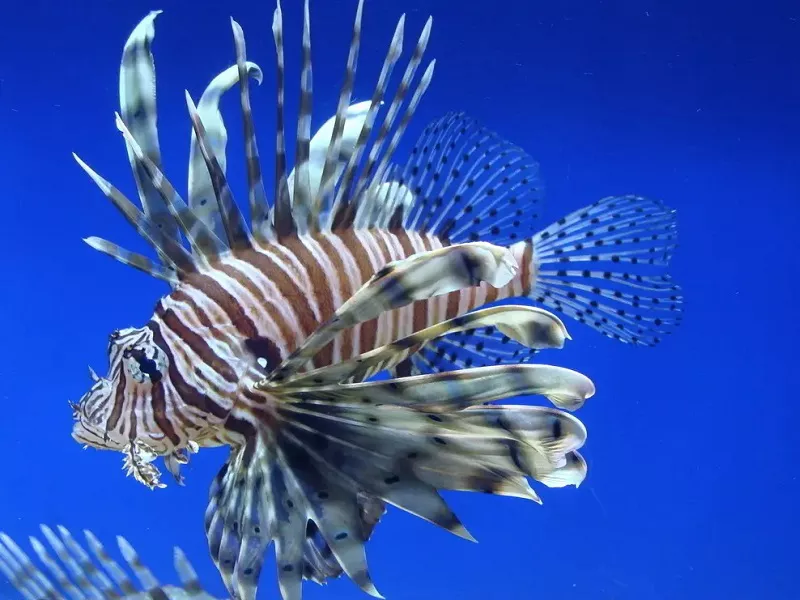What is a cherry barb?
The cherry barb (Puntius titteya) is a tropical freshwater fish belonging to the family Cyprinidae. It is native to Sri Lanka, and introduced populations have become established in Mexico and Colombia. The cherry barb was named Puntius titteya by Paules Edward Pieris Deraniyagala in 1929.
The species is commercially important in the aquarium trade and farmed in larger numbers, but it remains threatened by overcollection and habitat loss.
What does cherry barb look like?
The cherry barb is a small elongated fish with a relatively compressed body. It reaches 5 cm (2 in) in length. The female is fawn-colored on top with a slight greenish sheen. Its sides and belly have gleaming silver highlights. It may have a rosy tone on its back and upper sides. A horizontal stripe extends from the tip of the snout through the eye to the base of the caudal fin. The male has a reddish color, becoming very deep red when breeding, and a more slender body shape. The females have two pinkish color stripes down their sides, also becoming darker when ready to breed.
Cherry barb living habits
They have a mild temperament and are suitable for polyculture with other species of small tropical fish. They are not demanding on water quality and are suitable for living in a water temperature of 20-25°C. They eat animal bait and do not choose food. Cowardly, they hide when the sound is too loud, but sometimes they also like to jump on the water, so the fish tank must be covered with a net to prevent them from jumping out.
It is difficult to identify males and females. The main methods of identification are as follows: male fish in estrus will see reddish caudal fins and brightly colored bodies when they are in estrus; females have yellowish caudal fins, lighter body color, and thicker bodies. Oviparous fish are easier to reproduce. The size of the breeding tank is 39*30*24 cm, the temperature of the breeding water is about 25°C, the hardness of the water is 4-6, and the pH is 6.5-7.5. Before breeding, a layer of golden grass should be spread in the tank. Then the carefully selected broodstock are placed in the breeding tank in a 1:1 ratio of male to female. The broodstock is very active after entering the tank. Both male and female broodstock will appear beautiful and bright red marriage colors. They chase and jump, sometimes jumping out of the water, so the tank cover should be added to avoid accidents. After chasing, the female fish ovulates and the male ejaculates to fertilize the eggs. The fertilized eggs are heavier than water and sink to the bottom and adhere to the goldenseal grass. Each pair of broodstock can spawn about 150 eggs at a time, and more than 300 can be up or down. After spawning, the broodstock should be fished out and raised separately. to prevent them from eating the eggs. The fertilized eggs can hatch into larvae after about 24 hours, and the larvae can develop into larvae that can swim and feed in about 24 hours.
How to raise cherry barbs
Aquarium size: 120 liters
Feeding Requirements: Temperature 24-27 sg 1.020-1.025; ph 8.1-8.4
Breeding method: 120 liters or more with a cave, peaceful aquarium is very suitable for raising this kind of fish that does not like to swim. Don’t keep too many in one tank, because they are aggressive towards the same genus, and male and female pairs will get along well. It is a nocturnal fish that can be observed with a red light. Requires balanced nutrition and vitamins. Shrimp, seafood, blood worms and live fish can be fed according to their size.


























